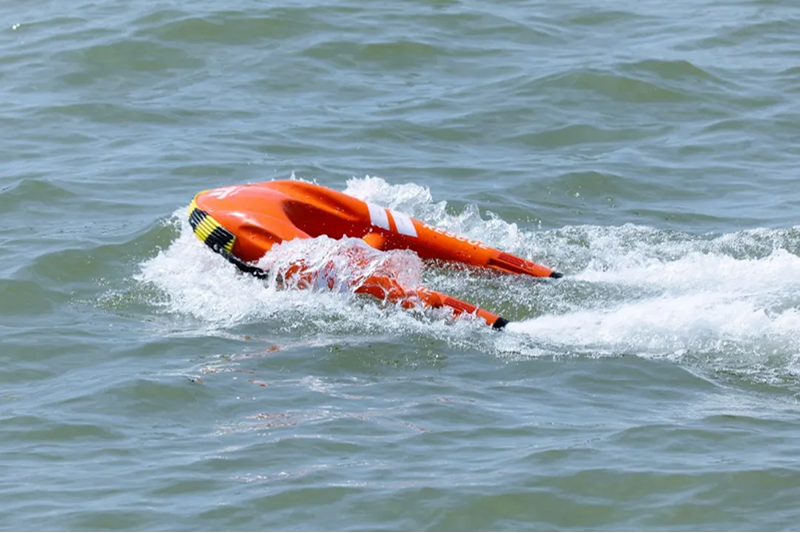Maritime safety innovations continue to grow at a rapid pace, with the remote-controlled lifebuoy as one of the most important breakthroughs. This is a device that combines its technicality and functionality thus promising to revolutionize water rescue operations.
What are Remote Controlled Lifebuoys?
A remote controlled lifebuoy is a small buoyant object which has navigational features and can also be used for rescues. Emergency situations can be handled quickly because it can be operated from shore or any other boat.
Needs and Abilities
The device has GPS navigation system that shows an exact position of a drowning person in water. It is an essential function to decrease reaction time and provide accurate rescue operations. Moreover, it might have camera systems for visual confirmation of events thereby making it easier for rescuers to decide.
Operational Advantages
Remote controlled lifebuoys have several operating benefits. It reduces risks associated with sending people manually into danger zones during emergencies such as floods. Therefore, by being possible to work in rough seas or full of wreckage waters this appliance can reach needy persons more effectively.
Rescue Operations Integration
Integration of remote controlled lifebuoys into standard rescue procedures improves operational efficiency overall. The tools allow multiple devices to be deployed at once covering wider areas thus increasing probability of successful rescue missions. For instance, real-time communication facilities enable onshore teams engage with vessels involved in rescue process hence optimizing response strategies.
Future Trends and Applications
Further developments could include artificial intelligence based automatic driving systems in remotely operated lifeguards thereby enhancing their adaptability and responsiveness during different types of rescues. These advancements promise safer maritime environment while ensuring efficient emergency interventions.
Conclusion
The development marks a huge improvement in maritime safety technology since its inception. With exact positioning, live monitoring and controlling from outside the machine; this makes it priceless equipment for all releasers around the globe. As technology evolves, so too do these lifesaving machines become more capable; thus, the world’s oceans shall be made safer.


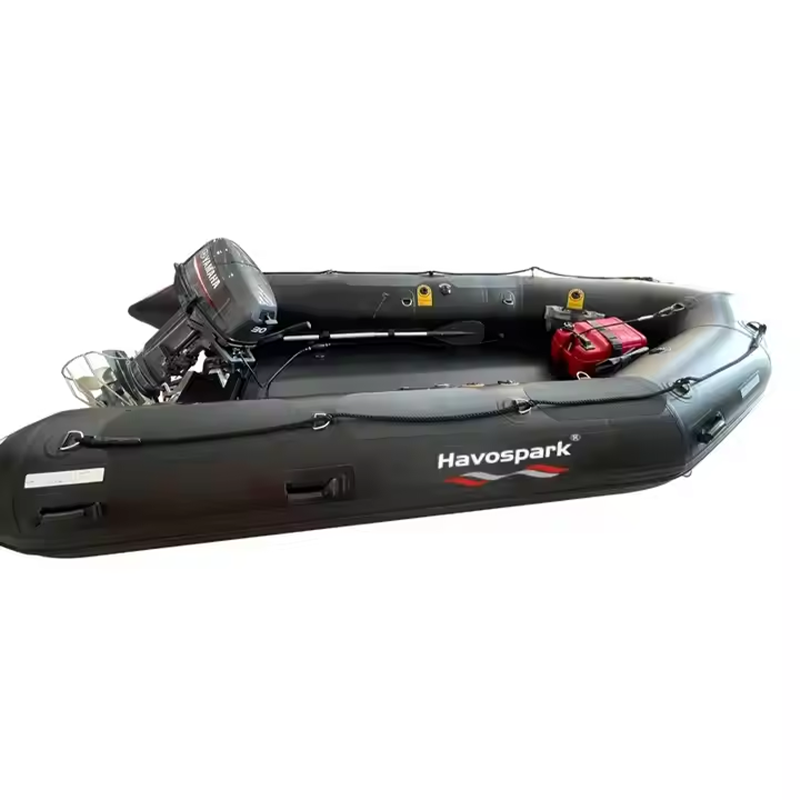
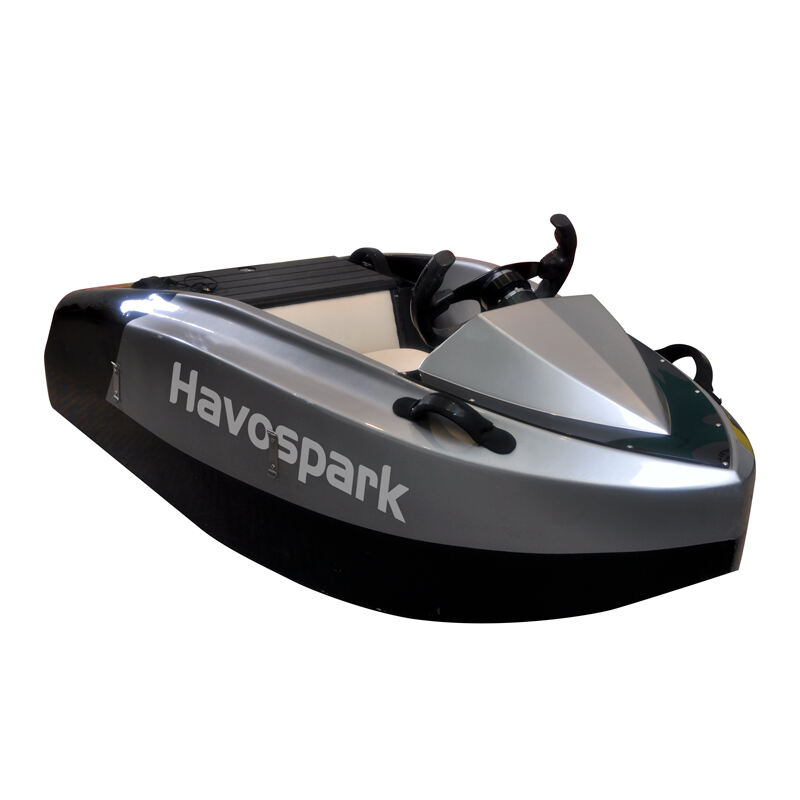
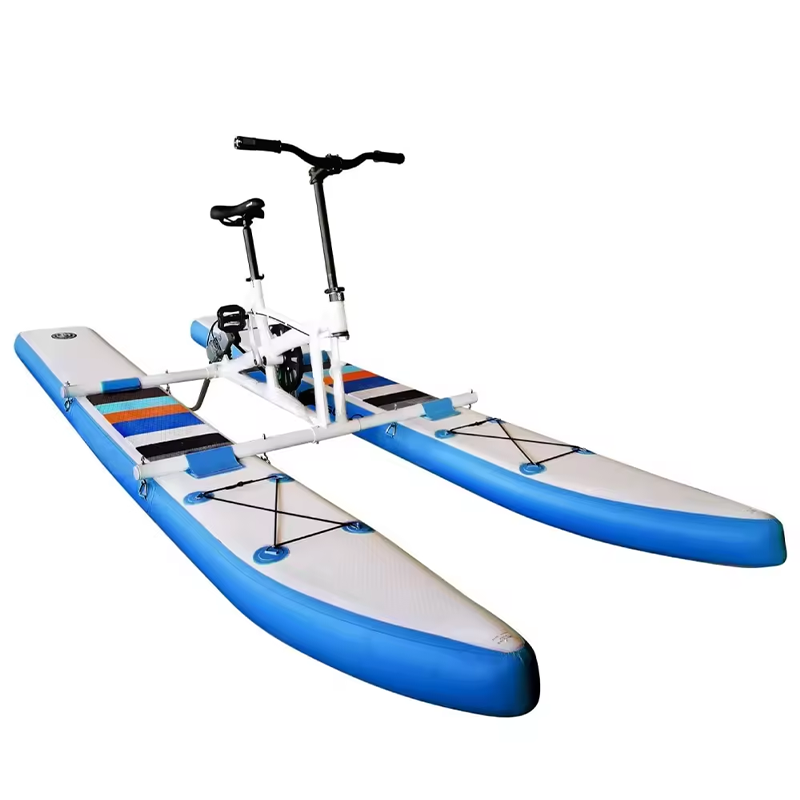

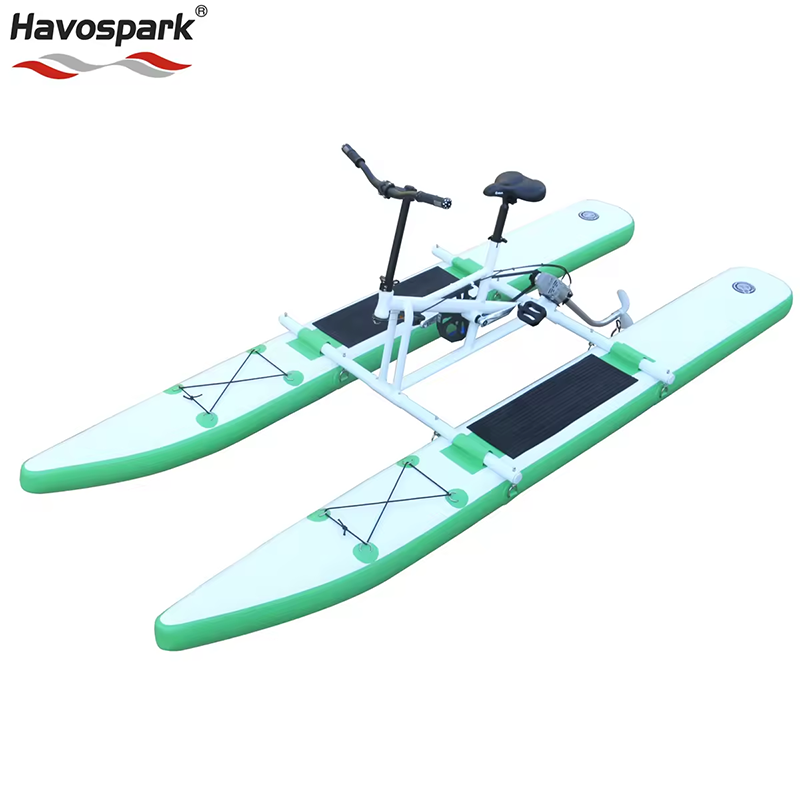
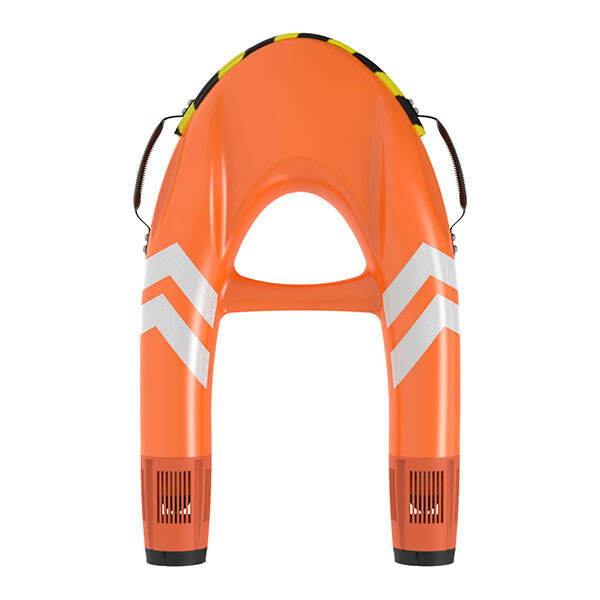
 Hot News
Hot News